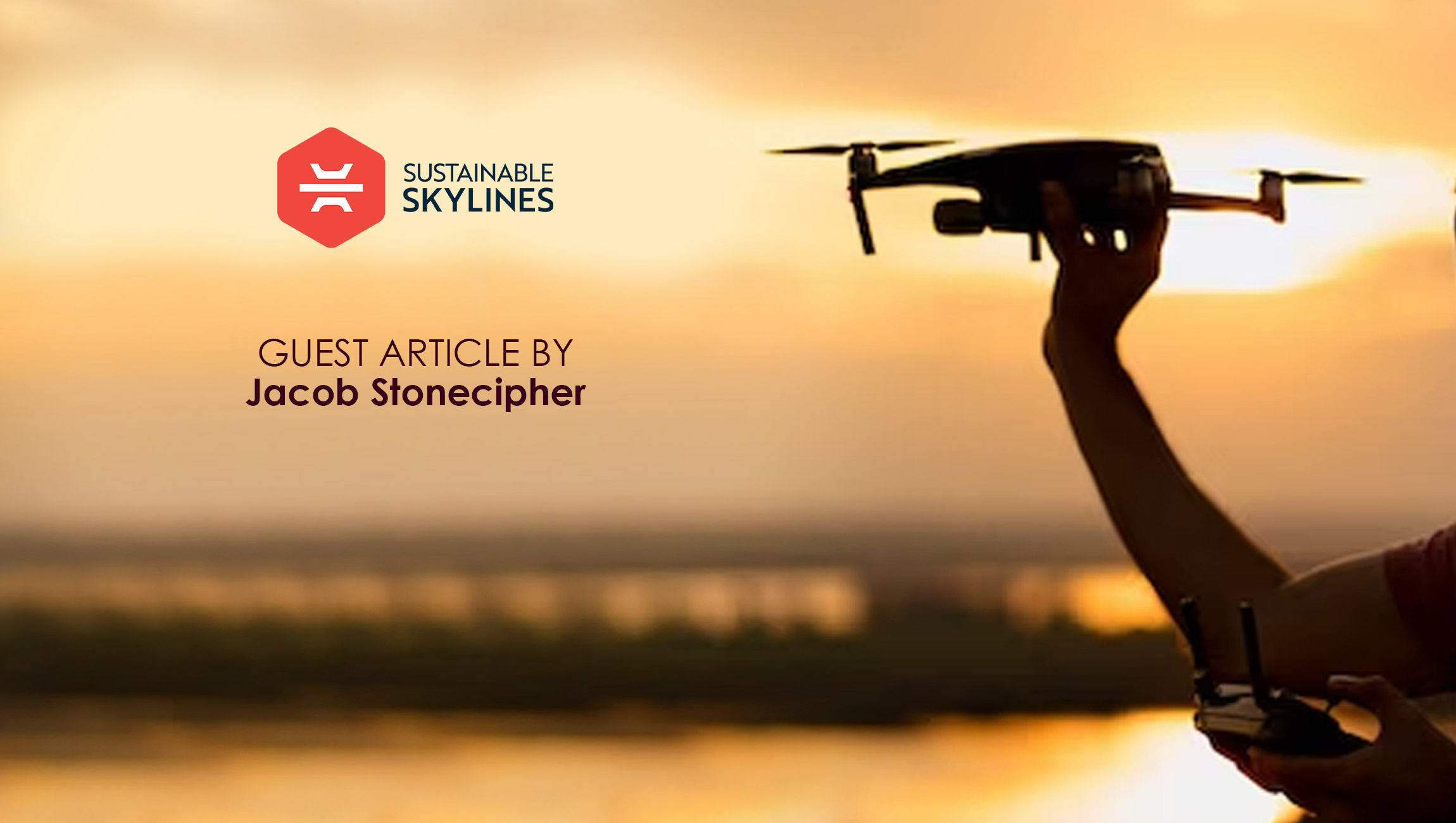Capturing the fleeting attention of consumers has never been more challenging, particularly when studies have shown that humans have developed a shorter attention span than a goldfish. While marketers will spend more than $271 billion on digital advertising in 2023 to promote products and services, massive waste and glaring inefficiencies persist within the digital marketing ecosystem. In fact, ANA’s Programmatic Media Supply Chain Transparency Report revealed that more than one-third of every marketing dollar spent in 2023 went to non-viewable and non-measurable inventory, invalid traffic, and made-for-advertising sites. The key takeaway? There’s more than $22 billion in efficiency gains available to client-side marketers. This research should serve as an urgent call-to-action for media buyers and CMOs across industries who are seeking data-driven strategies to boost campaign effectiveness and drive positive business outcomes.
While digital advertising has become a well-worn tool on the belt of marketers, we have seen incredible technology advancements within traditional advertising channels over the past year that bring compelling opportunities for brands in 2024. As media buyers think about capturing attention, they must broaden their media mix to find new channels that will spark joy, receptivity, and engagement amongst consumers in an uncluttered environment. A great place to start is by looking up.
Laying the groundwork
Digital advertising has become a vampire of our collective energy. As a society, we spend more and more time glued to our screens, however, we have become increasingly numb to conventional digital advertising and engagement. According to a HubSpot survey, 57 percent of participants disliked ads that played before a video and 43 percent didn’t even watch them! Furthermore, the digital ads we do see are becoming less targeted and relevant as changes in digital privacy policies from Google and Apple limit access to third-party data. Accessibility to digital marketing has expanded as it’s become affordable and accessible to brands, but its effectiveness as a standalone channel has taken a nosedive. For example, the first online display ad in 1994 had a 44% click-through rate but has been on a drastic and steady decline since then. Today, click-through rates average closer to 0.2 or 0.3 percent. As marketers, we must continue to look for alternative advertising opportunities to combat advertisements that consumers aren’t engaging with–or even seeing.
Marketing Technology News: MarTech Interview with Karen Ng, SVP of Product and Partnerships at HubSpot
Sustainable, data-driven strategies to boost campaign performance
A recent report by Insider Intelligence highlighted that spending on Out-of-Home (OOH) advertising has returned to pre-pandemic levels, and is on track for continued growth in 2024 and beyond. From old-school billboards to dynamic digital OOH displays in high-traffic public spaces, outdoor advertising has played a critical role in creatively capturing the consumer’s attention and continues to evolve.
One subset of OOH advertising poised for a technology transformation is aerial banner advertising. Advancements in drone technology are revolutionizing aerial advertising with improved safety, increased visibility, and valuable data insights.
Compared to traditional aircraft banner towing, drone operations are safe, scalable, and environmentally friendly. Traditional aircraft banner towing does not easily scale due to constraints caused by small plane logistics and the proximity of events to airfields where banner towing originates; however, drones are capable of vertical take-off and landing and do not require the use of a nearby airport or runway. By eliminating the need for airport or runway access, drone banner towing operations can occur in a wide variety of locations where traditional banner towing operations are limited or impossible. Drones are also built with hybrid-electric engine technologies, which reduces the carbon footprint from traditional providers by 90 percent.
For brands, drone advertising allows marketers to focus on a largely uncluttered arena–the sky. Furthermore, advanced analytics can show real-time footage from flight operations and aggregate cellular and geospatial data to provide valuable, actionable insights – such as the size of crowds within view of the banners. By bringing analytics to banner advertising, which is not possible with traditional aircraft towing, marketers can use this data to inform future ad-campaign strategies and benchmark industry metrics.
So, as marketers put 2023 in the rearview and look ahead for more strategic ways to effectively reach and engage with their audiences in 2024, the sky’s the limit with drone advertising.
Marketing Technology News: How Small Businesses Can Help Efficiently Mitigate Information Security Risks











